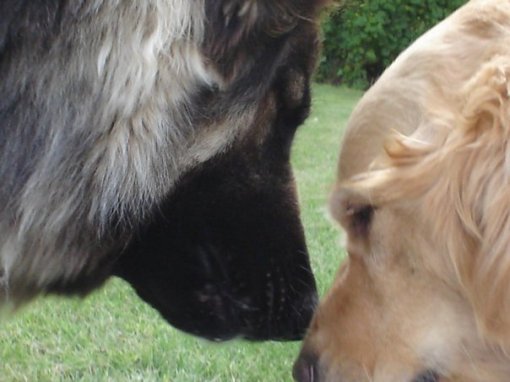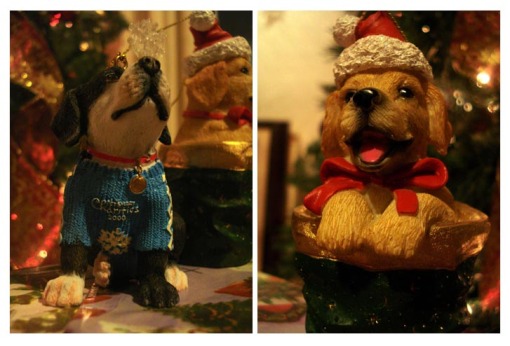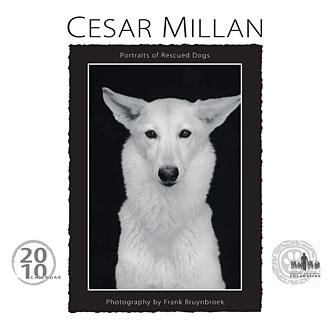Jasper and I took an epic, off-lead, hike the other night along the Hastings Heritage Trail. We were having a great time, minding our own business when all of a sudden we came across two big unfamiliar dogs who were also playfully making their way towards us. Jasper spotted them long before I even realized we had company. Both of them were wearing tags and they seemed friendly enough. Still, I stood there, glancing between Jasper and the strangers and back again, trying to figure out how to proceed. I didn’t want to have to turn around but I also wasn’t sure what would happen if we all crossed paths.
Even though I knew it wasn’t helping the situation, I was nervous. I looked at Jasper – his tail and hackles were down but he stood in rigid conformation, completely alert and focused and by now the other dogs had assumed the same position. I took a few calming breaths and stepped in front of Jasper, forming a wall between him and what was causing him anxiety. Be the leader, be the leader, be the leader… Jasper backed down behind me, sulking, but the other two didn’t budge. I took a couple of steps forward, determined for this showdown to end well. I was met with a couple of barks before the dogs before they turned tail and darted into the bush.
So, here’s the thing: Jasper is not an aggressive dog. He is, in fact, quite submissive. He’s great with the girls and the pups in our own pack (although because he and our other males are part of our breeding program and therefore are intact, we tend to keep them separated. I guess his manhood is definitely part of the problem but I know it’s not all of it). Unfortunately, he’s also a bit of a baby (I’ll take the blame here) and as such, he can be somewhat anxious.
With people he’s an absolute prince – gentle and respectful. But when it comes to dogs he doesn’t know, he’s can be apprehensive. In teh grand scheme of things, he’d prefer to just ignore them. Given a nice, calm one-on-one meet n’ greet and he’s fine. But as soon as a hyper dog with an unrelenting desire to be in our space shows up, Jasper gets a bit snarly.
Back in puppy kindergarten he didn’t pay any attention to the other dogs until they had “play time”, at which point he would opt to meet with his calmer classmates over the more rowdy ones. To help him socialize, I brought him to dog parks as often as I could. Unfortunately for him, most of the dogs in those parks are the rowdy ones. He’s antisocial tactics included hiding under benches and sitting on the laps of whoever was closest.
But of course, somewhere between puppy hood and now, testosterone kicked in. While he would still prefer to ignore other dogs when we’re out walking on the lead or sit under a bench when I force him into a dog park, he’s also become much more, shall we say, expressive when it comes to rambunctious dogs getting up in his face.

...Okay, so he's actually just playing with our youngest male, Tanner in this picture. But you get the idea.
Now, it’s important that I point out that Jasper has never once hurt another dog. He will, however, give a warning nip or two with a side-order of terror-inducing guttural growls if a dog tries getting too friendly without permission. For example, when he was about 6 months old, I would drive him, my friend @omgdance and her hyper Golden Retriever, Beckham around in my little car like one big happy family. Of course, the two of them always had the chance to sniff and such before hand.
Then one fateful day, Beckham jumped into the front seat before Jasper had the chance to check him out. Needless to say, he wasn’t very happy about that. We tried to let them sniff it out after but Beckham was too worked up and Jasper wasn’t having any of it. Still, months later we tried again. We brought them together in a calmer, more controlled environment and they were able to have a great lil’ play date.

Jasper + Beckham = BFF
Unfortunately, not every encounter we have with unfamiliar dogs can be that controlled. This social anxiety is what I consider to be Jasper’s primary behavioral concern and I want to see him overcome it.
I know that in a big way, change needs to start with me. As Cesar Millan (Oh yes, I am a fan) always says, stay calm and assertive. I need to be a more balanced person in general if I want to be able to properly lead my dog. But as far as working on Jasper’s socialization is concerned, I’m open to suggestion on safe and effective techniques that can help. For now, I’m makingmy way through Cesar’s Way in hopes of some guidance but I’d love to hear from anyone who has experienced similar issues! What do you do to socialize your dog? How do you work with unfamiliar, hyper dogs?









